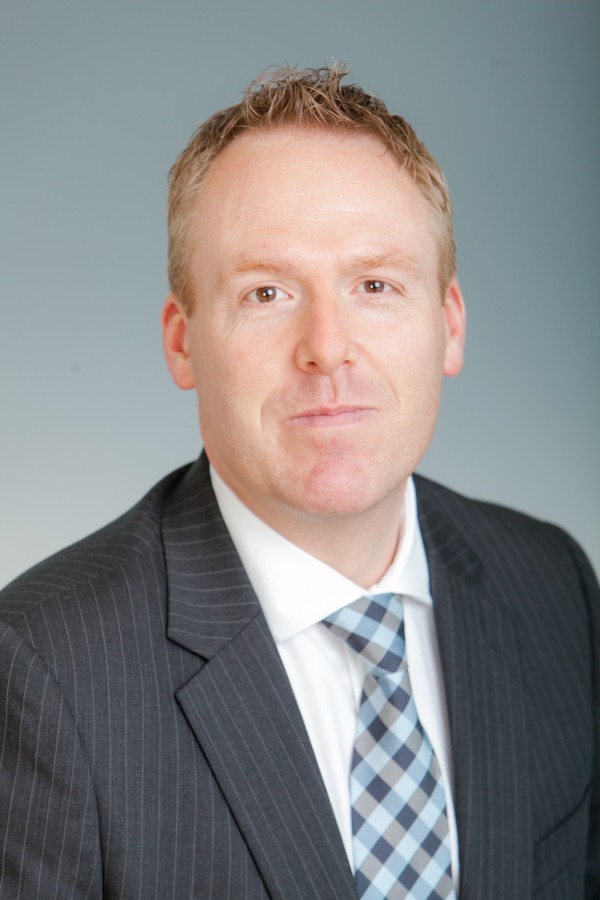

Jeremy Duncombe took the helm of Legal & General Mortgage Club amid a somewhat tumultuous period in the mortgage marketplace.
The market had just been through a devastating period following the financial crisis, which saw a severe contraction in business and market share for intermediaries, when the former head of sales for Abbey for Intermediaries was appointed to his current position in 2013.
In numerical terms, the 1.3m brokers-arranged mortgages in 2006 slumped to just 430,000, while direct distribution clawed back market share, according to Intermediary Mortgage Lenders Association data.
L&G was not immune to collapse of the market. While not giving figures, Mr Duncombe said the club suffered a significant dip in membership numbers following the radical decline in the number of brokers from, he estimated, around 30,000 in 2006 to between 10,000 and 12,000 in 2010.
However, things had started to look up for brokers thanks to some favourable regulatory changes. More notably, the requirement, introduced by the Mortgage Market Review, for mortgage sales staff to provide advice instead of just additional information with all of the additional qualification that requires.
Club membership numbers have subsequently rallied significantly since 2010 – rising to around 9,000 at present, according to Mr Duncombe.
He added: “Our evolution dates back further than the financial crash. We have been in operation for 21 years now, and in the first five years in existence we facilitated £10bn worth of mortgages. Now we are doing around £4bn a month.
“We have grown our pool of business partners and lenders we work with. Areas like second-charge mortgaging, conveyancing and bridging are becoming an increasingly important part of what the broker does and what we can do.”
In the post-MMR environment, the role of a mortgage club should evolve to go beyond the traditional function as aggregator, negotiator of exclusive products with lenders and attractive procuration fees, Mr Duncombe said.
He added the club has further developed its proposition to provide practical day-to-day support for brokers, such as hosting a number of regional roadshows featuring keynote speeches from the City watchdog representatives and, more recently, the launch of two conveyancing service.
Other notable developments include Mortgage Club TV, which features webinars and interviews with key figures designed to keep advisers abreast of industry developments.
In 2015, L&G announced the disbandment of its mortgage network to pursue a new strategy concentrating on distribution through directly authorised (DA) brokers. The rationale behind the move, Mr Duncombe said, was to give brokers greater autonomy over their business practices while allowing them to benefit from support offered by the club.
He added: “This was a long-term decision that we worked with our network to see through for over a two-year period. It was not about closing something down, but evolving what it looked like to make sure that it worked for our partners and us. The vast majority of people who worked in the network moved over to our partner networks such as the Mortgage Advice Bureau and Stonebridge.”
The new heightened regulatory environment has added fuel to the debate over whether the DA trumps appointed representative.
Advocates of the former point to the benefits of having complete control of business practices and avoiding network membership fees, or surrendering a slice of their commission. At the same time, they can use cheaper mortgage clubs and benefit from a host of support services.
On the downside, brokers who decide to go it alone have sole responsibility for compliance and so advise on liability, which can be a burden for many in the present heightened regulatory environment.
Mr Duncombe said: “There is no right or wrong answer. It is down to the broker to choose the option they feel best suits their business model. There are strong networks out there, but there are also larger adviser firms better suited to the DA model. Our business model means that we can accommodate for both.”
Commenting on the prospect of providing compliance to club members, he added: “We are not manufacturers of compliance at this stage, but never say never.”
A lot has been said about the disruptive influence technology has had on the financial sector. Mr Duncombe said brokers should seek to utilise developments in technology to streamline the mortgage application process that has become more arduous post-MMR.
He added: “Advisers are spending hours to meet their compliance requirement, yet procuration fees have not been adjusted to reflect the additional burden, which we think is wrong.”
He advocates a hybrid solution rather than a blanket robo-advice service, adding: “A lot of mortgage applicants will want to make sure that they have some form of conversation with a human adviser for the foreseeable future. I think robo-advice will be good for the more straightforward products like pound-for-pound remortgages.”
Myron Jobson is a features writer at Financial Adviser
Jeremy Duncombe's Career Ladder
2013-present: Director, Legal & General Mortgage Club
2010-2013: Head of sales, Santander for Intermediaries
2009-2010: Sales manager, St James’s Place
2006-2008: Director of sales, Advantage
1997-2006: Head of sales, Platform



